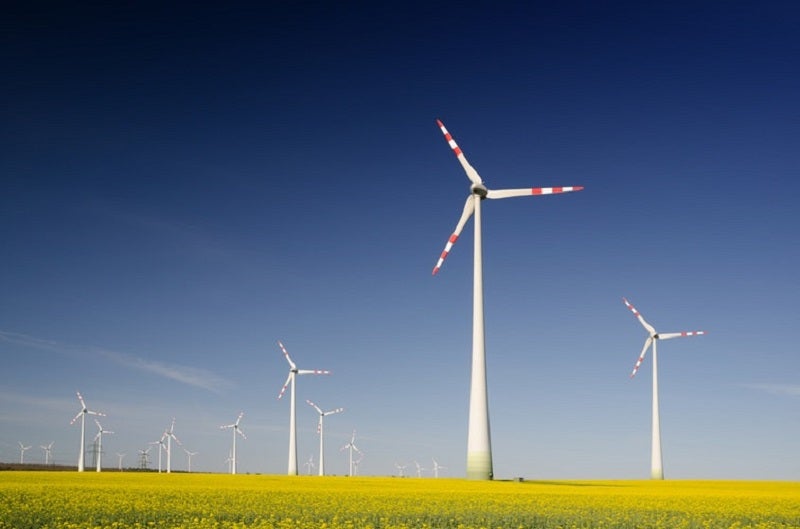
Australia is reported to be on track to meet its entire Paris Agreement emissions reduction targets in 2025, according to research conducted by the Australian National University (ANU).
According to the research, Australia is installing renewable power per person faster than other countries every year.
ANU Research School of Electrical, Energy and Materials Engineering (RSEEME) professor Blakers said: “The installation of renewables in Australia last year really ramped up compared to these other major economies and we expect that trend to continue this year and beyond.
“The electricity sector is on track to deliver Australia’s entire Paris emissions reduction targets five years early, in 2025, without the need for any creative accounting.
“Australia is on track to reach 50% renewable electricity in 2024 and 100% by 2032. The Australian renewable energy experience offers real hope for rapid global emissions reductions to preserve a living planet.”
Based on the preliminary data available for this year’s global installations, Australia is found to be installing renewable power per capita many times faster than countries such as Japan, the EU, China, and the US.
The net cost of achieving the carbon emission targets set in the Paris Agreement by 2030 is expected to be zero given that costly fossil fuels are being replaced by cheaper renewable energy.
Co-researcher Dr Matthew Stocks said: “The price of electricity from large-scale solar PV and windfarms in Australia is currently about $50 per megawatt-hour (MWh), and steadily falling.
“This is below the cost of electricity from existing gas-fired power stations and is also below the cost of new-build gas and coal power stations. Nearly all of the new power stations are either PV or wind. We anticipate that this will continue into the future, provided that energy policy is not actively hindering development.”
Researchers noted that it would be possible to stabilise a 100% renewable power grid with technologies currently used in the country. Furthermore, new smart energy systems are also being developed for electricity grids.
Co-researcher Bin Lu said: “We can do this with energy storage, demand management and strong interstate connection, using high-voltage transmission lines to smooth out the effect of local weather.
“By far, the leading storage technologies are pumped hydro and batteries. Australia’s coal power stations are old and are becoming less reliable, and transition to a modern renewable energy system can improve grid stability.”
This research from ANU, however, contradicts the earlier reports that found Australia is not on track to meet its Paris Agreement commitments.
The 2018 Emissions Gap Report by the United Nations stated the country will not be able to achieve its 2030 target.
In July 2018, China and the European Union (EU) released a joint statement reaffirming their commitment to the terms of the Paris Agreement.



